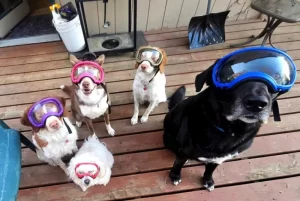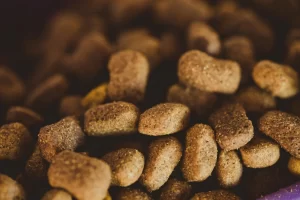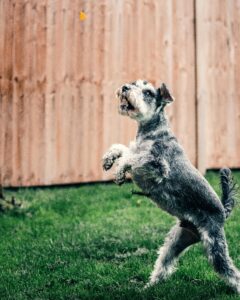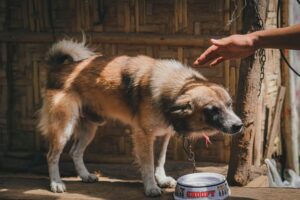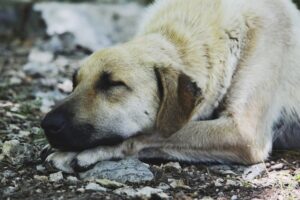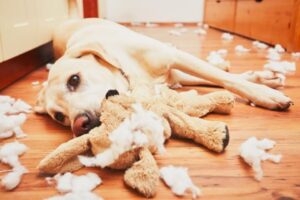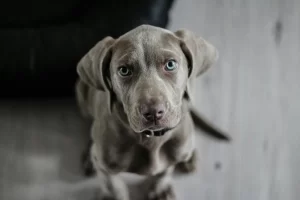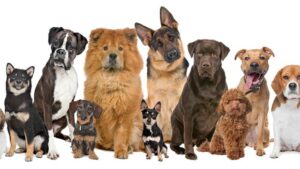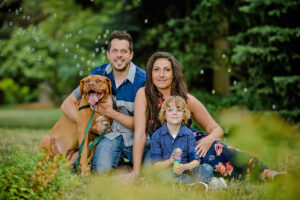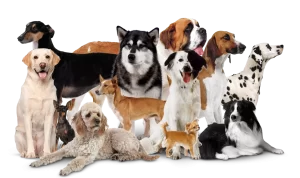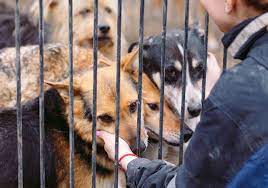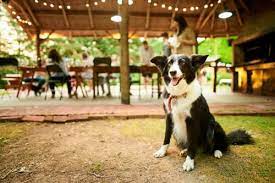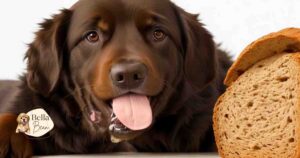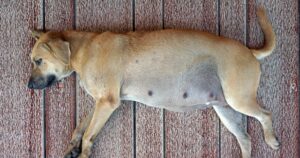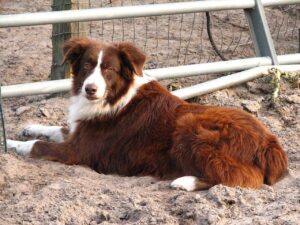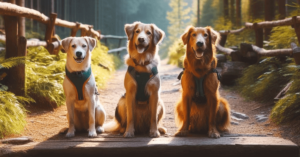As a dog owner, one of the most frustrating things is when your furry friend’s hair becomes matted and tangled. Not only does it make your dog look unkempt, but it can also lead to skin irritation, discomfort, and even health problems.
Preventing dog matting is an important aspect of dog grooming, and there are various techniques and practices that you can follow to keep your dog’s coat smooth, shiny, and tangle-free.
Table of Contents
ToggleUnderstanding Dog Matting
Before we delve into the techniques for preventing dog matting, let’s first understand what dog matting is. Matting occurs when a dog’s hair becomes tangled and matted, usually due to a lack of grooming or inadequate grooming. Matting can happen anywhere on a dog’s body, but it’s most common in areas with longer hair, such as the tail, legs, and underbelly.
Matting is not just a cosmetic issue; it can also lead to several health problems. Mats can pull on the skin and cause discomfort, leading to skin irritation and even infections. The tightness of mats can restrict blood flow and cause pressure sores, which can be painful and difficult to treat.
Brushing Techniques to Prevent Matting
The best way to prevent dog matting is by brushing your dog regularly. Brushing helps to remove loose hair and dirt, distribute natural oils, and prevent mats from forming. However, not all brushes are created equal, and it’s important to choose the right brush for your dog’s coat type.
For dogs with long hair, a slicker brush is the most effective at removing tangles and preventing mats. A slicker brush has fine, short wires close together that can reach the undercoat and remove loose hair without damaging the topcoat. When using a slicker brush, start at the ends of the hair and work your way up to the roots. This will prevent tangles from becoming tighter and harder to remove.
For dogs with short hair, a bristle brush or a rubber curry brush can be used. These brushes are gentler on the skin and are effective at removing loose hair and dirt.
It’s important to brush your dog’s coat regularly, at least once a week, or more often if your dog has longer hair. Regular brushing helps to keep your dog’s coat healthy and prevents mats from forming.
Bathing and Grooming to Prevent Matting
In addition to regular brushing, bathing and grooming can also help prevent dog matting. Bathing your dog every few weeks can help to keep their coat clean and free of dirt and debris. When bathing your dog, it’s important to use a gentle shampoo that won’t strip their coat of natural oils.
After bathing, it’s important to dry your dog’s coat thoroughly. Leaving your dog’s coat damp can lead to mats and tangles. Use a towel or a blow dryer on a low heat setting to dry your dog’s coat completely.
Trimming and Styling to Prevent Matting
Regular trimming and styling can also help to prevent dog matting. If your dog has long hair, regular haircuts can help to keep their coat manageable and prevent tangles. Depending on your dog’s breed and coat type, you may need to trim their hair every few months or more often.
Styling your dog’s hair can also help to prevent mats. If your dog’s hair is prone to matting, consider tying it up in a topknot or a ponytail. This will keep the hair out of their face and prevent it from getting tangled.
Preventing Matting in Specific Dog Breeds
Some dog breeds are more prone to matting than others, and may require more frequent grooming and special care to prevent mats from forming. Here are some specific dog breeds and tips on how to prevent matting:
Poodles: Poodles are known for their curly hair, which is prone to matting. Regular grooming is essential for poodles to prevent mats from forming. Poodles should be brushed daily with a slicker brush and should be trimmed every 4-6 weeks.
Shih Tzus: Shih Tzus have long, silky hair that requires daily brushing to prevent matting. A pin brush is best for shih tzus, as it can reach the undercoat without damaging the topcoat. Shih Tzus should be trimmed every 6-8 weeks to keep their coat manageable.
Bichon Frises: Bichon Frises have a fluffy, curly coat that is prone to matting. Regular grooming is essential for bichon frises to prevent mats from forming. Bichon Frises should be brushed daily with a slicker brush and should be trimmed every 6-8 weeks.
Yorkshire Terriers: Yorkshire Terriers have long, straight hair that requires daily brushing to prevent matting. A pin brush is best for Yorkshire Terriers, as it can reach the undercoat without damaging the topcoat. Yorkshire Terriers should be trimmed every 4-6 weeks to keep their coat manageable.
By following these tips and techniques, you can help prevent dog matting and keep your furry friend’s coat healthy and beautiful.
Conclusion
Preventing dog matting is an essential aspect of dog grooming. Regular brushing, bathing, grooming, and trimming can help to keep your dog’s coat healthy and prevent mats from forming. It’s important to choose the right brush for your dog’s coat type, use gentle shampoos, and dry your dog’s coat thoroughly after bathing. By following these tips and techniques, you can prevent dog matting and keep your furry friend looking and feeling their best.


![The Ultimate Guide to Road Tripping with Your Dog [2025 Update]](https://bellabeanupdate.com/wp-content/uploads/2025/05/pexels-photo-1143369-300x209.jpeg)

